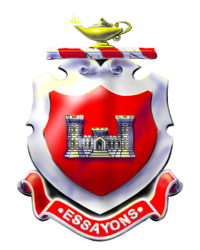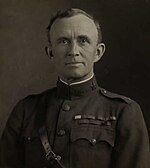
The 102nd Infantry Division ("Ozark") was a unit of the United States Army in World War II. The unit is currently active as the 102nd Training Division (Maneuver Support).

Fort Walker, formerly Fort A.P. Hill, is a training and maneuver center belonging to the United States Army located near the town of Bowling Green, Virginia. The center focuses on arms training and is used by all branches of the U.S. Armed Forces, independent of any post.

The United States Army Training and Doctrine Command (TRADOC) is a major command of the United States Army headquartered at Fort Eustis, Virginia. It is charged with overseeing training of Army forces and the development of operational doctrine. TRADOC operates 37 schools and centers at 27 different locations. TRADOC schools conduct 1,304 courses and 108 language courses. The 1,304 courses include 516,000 seats for 443,231 soldiers; 36,145 other-service personnel; 8,314 international soldiers; and 28,310 civilians.

The United States Army's Officer Candidate School (OCS) is an officer candidate school located at Fort Moore, Georgia, that trains, assesses, and evaluates potential commissioned officers of the U.S. Army, U.S. Army Reserve, and Army National Guard. Officer candidates are former enlisted members, warrant officers, inter-service transfers, or civilian college graduates who enlist for the "OCS Option" after they complete Basic Combat Training (BCT). The latter are often referred to as college ops.

Lieutenant General Joe Nathan Ballard is a former U.S. Army officer who fought in the Vietnam War, and who served as Chief of Engineers, the first African-American to serve in this role.
Fort Belvoir is a United States Army installation and a census-designated place (CDP) in Fairfax County, Virginia, United States. It was developed on the site of the former Belvoir plantation, seat of the prominent Fairfax family for whom Fairfax County was named. It was known as Camp A. A. Humphreys from 1917 to 1935 and Fort Belvoir afterward.
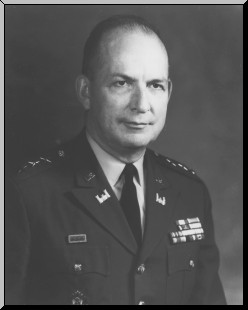
Frederick James Clarke was a civil and military engineer with the United States Army Corps of Engineers. Clarke was one of three commissioners appointed to run the District of Columbia from 1960 to 1963. He rose to the rank of lieutenant General as the Chief of Engineers.

Walter King Wilson Jr., was an officer of the United States Army with the rank of lieutenant general. He is most noted as a Chief of Engineers during 1961–65. He was the son of Major General Walter K. Wilson Sr.
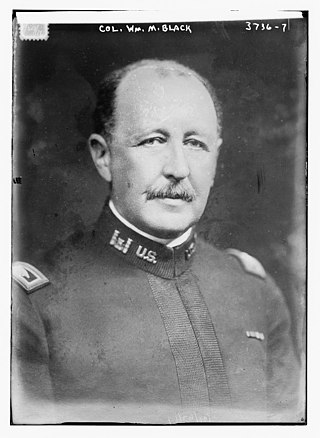
William Murray Black was a career officer in the United States Army, noted for his ability to organize and train young engineers.

Fort McClellan, originally Camp McClellan, is a decommissioned United States Army post located adjacent to the city of Anniston, Alabama. During World War II, it was one of the largest U.S. Army installations, training an estimated half-million troops. After the war it became the home of the Military Police Corps, the Chemical Corps and the Women's Army Corps. From 1975 and until it was closed in 1999, Fort McClellan was home of the Military Police Corps and the One Station Unit Training (OSUT) Military Police School. Also after World War II and until it was closed in 1999, it was home of the Chemical Corps School, which trained soldiers in chemical warfare. In 1988, Fort McClellan was used as an alternate training academy for the United States Border Patrol. Before its closure by the Base Realignment and Closure commission (BRAC), the post employed about 10,000 military personnel and about 1,500 civilians. It underwent unexploded ordnance (UXO) clean up from 2003 to 2014. Since 2010, about 3,000 acres of the post's brownfield land have been redeveloped as a mixed-use community. The portion of the post which has not been redeveloped is currently owned by the Alabama Army National Guard and is used as a training facility for units from all across the state. Fort McClellan also still houses an operational OCS, Officer Candidate School, for enlisted soldiers looking to earn their commission.

The 249th Engineer Battalion (United States) is a versatile power generation battalion assigned to the U.S. Army Corps of Engineers that provides commercial-level power to military units and federal relief organizations during full-spectrum operations. Additionally, the commander serves as the Commandant of the U.S. Army Prime Power School, the institution responsible for the development of Army and Navy power generation specialists.
The Basic Officer Leader Course (BOLC) is a two-phased training course designed to commission officers and prepare them for service in the United States Army. Prospective officers complete Phase I as either a cadet or an officer candidate before continuing on to BOLC B as Second Lieutenants. If BOLC B is not completed within two years of commissioning, 2LTs will be administratively separated from the service unless there are extenuating circumstances. This a progressive model designed to produce US Army officers with leadership skills, small unit tactics and certain branch-specific capabilities.

Lieutenant General Robert L. Van Antwerp Jr. M.Sc. M.B.A. PE is an American man who was the Chief of Engineers of the United States Army and Commanding General of the U.S. Army Corps of Engineers.
Fort Leonard Wood is a U.S. Army training installation located in the Missouri Ozarks. The main gate is located on the southern boundary of The City of St. Robert. The post was created in December 1940 and named in honor of General Leonard Wood in January 1941. Originally intended to train infantry troops, in 1941 it became an engineer training post with the creation of the Engineer Replacement Training Center. During World War II Italian and German POWs were interned at the fort. In 1984, as part of the Base Realignment and Closure process, most of the U.S. Army Engineer School's operations were consolidated at Fort Leonard Wood. Before that, officer training was conducted at Fort Belvoir, Virginia.

Camp Abbot was a military training center in the northwest United States, located in central Oregon south of Bend. Active for less than sixteen months, the U.S. Army camp was used to train combat engineers during World War II and was named for Henry Larcom Abbot.
The De Fleury Medal, an award of the US Army Engineer Association, was named in honor of François-Louis Teissèdre de Fleury, a French Engineer in the Continental Army.

The United States Army CBRN School (USACBRNS), located at Fort Leonard Wood, Missouri, is a primary American training school specializing in military Chemical, Biological, Radiological, and Nuclear (CBRN) defense. until 2008, it was known as the United States Army Chemical School.
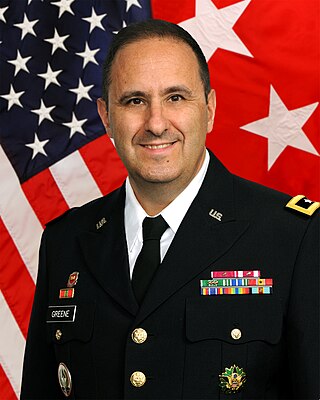
Harold Joseph "Harry" Greene was a United States Army general who was killed during the War in Afghanistan. During his time with the United States Army, he held various commands associated with engineering and logistical support for United States and coalition troops. At the time of his death, he was deputy commanding general of Combined Security Transition Command – Afghanistan.
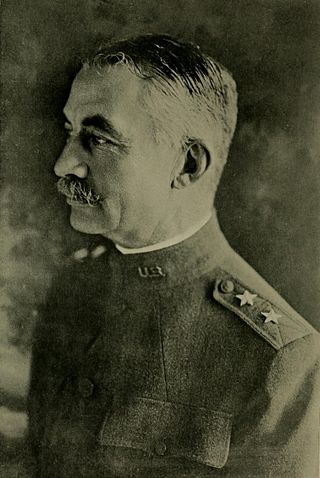
Joseph E. Kuhn was a career officer in the United States Army. He attained the rank of major general, and was most notable for his command of the 79th Division during World War I, and his post-war commands of IX Corps, Schofield Barracks, and Vancouver Barracks.
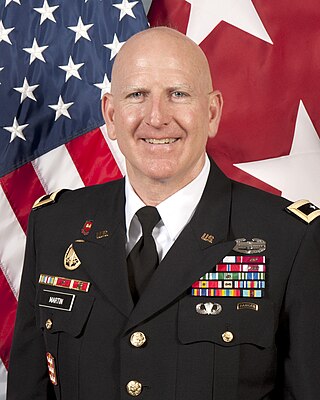
Gregg Forrest Martin is a United States Army two-star general who retired as the Special Assistant to the Chief of Engineers in 2014. From July 2012 to July 2014 he was the President of the National Defense University at Fort McNair Army Base in Washington, D.C. and from July 2010 to July 2012 he served as the Commandant of the U.S. Army War College in Carlisle, PA. He served as second in command for 3rd Army/US Army Central in the Central Command Area of Responsibility, including support operations in Iraq and Afghanistan, and across the CENTCOM region from January 2010 to April 2010 and he led a complex enterprise of four major schools that educated, trained and developed thousands of soldiers, marines, airmen, sailors and civilians for leadership roles in global operations as the Commanding General at the Maneuver Support Center of Excellence in Fort Leonard Wood, Missouri from October 2008 to January 2010. After retiring from the military, General Martin revealed that he is a survivor of bipolar disorder in an effort to reduce the stigma of that condition.
